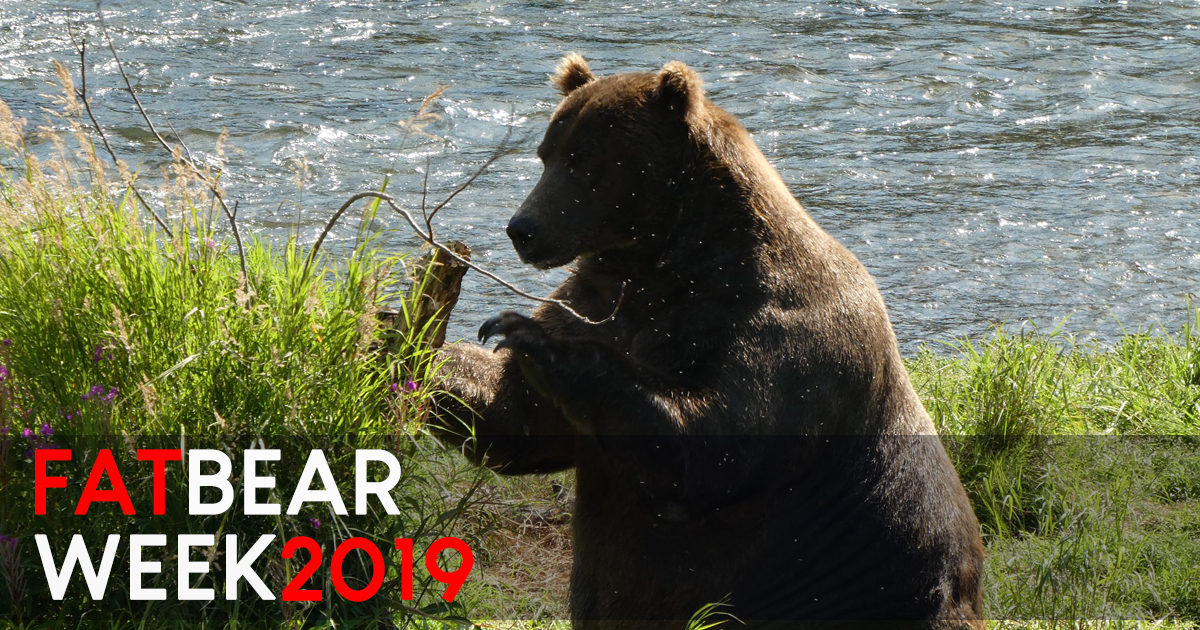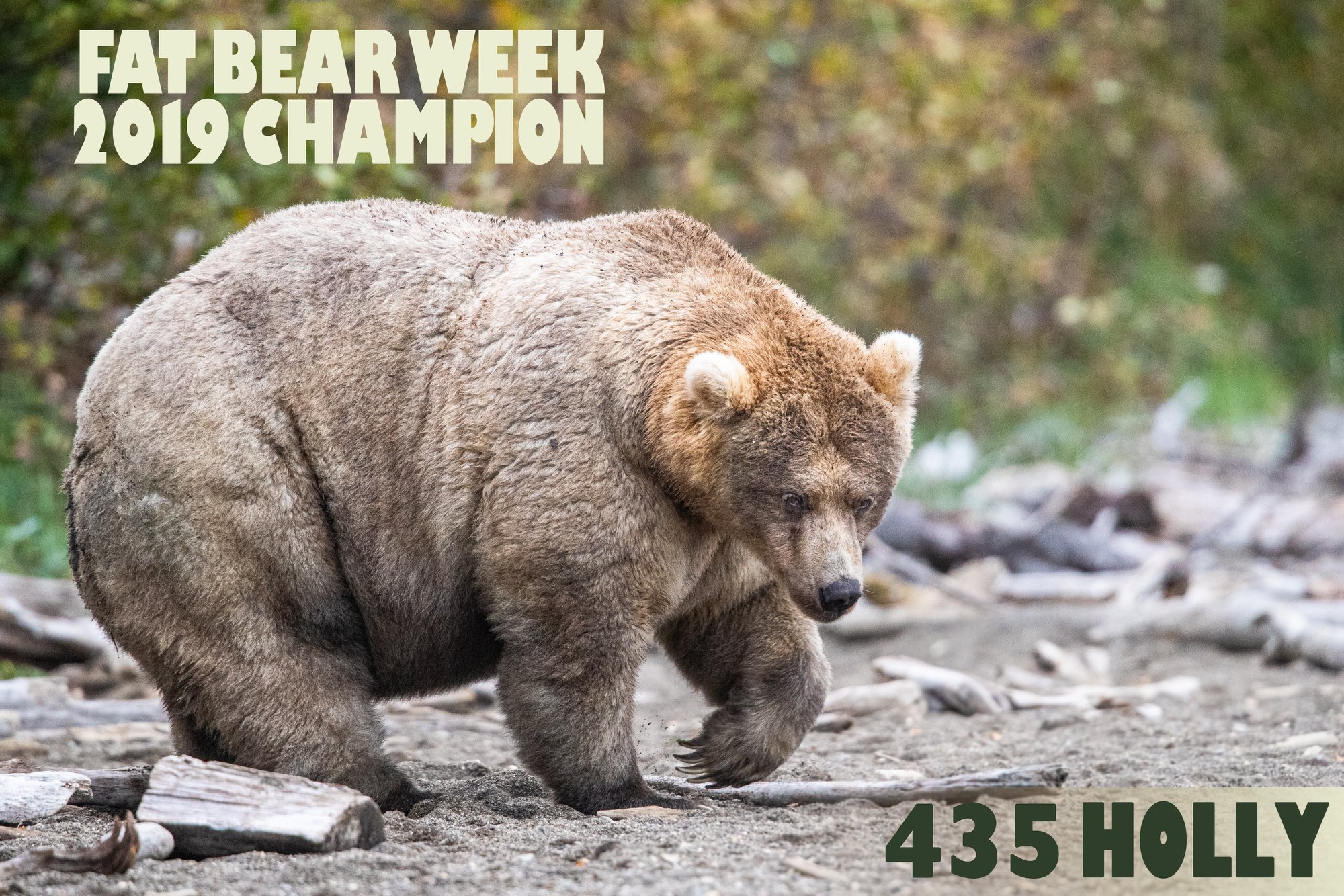Most people would bristle at being called the f-word, but in a national park in the northern hemisphere this week, fat is being celebrated.
The vet might recommend that Garfield go on a diet, but if you are a bear, ’tis the season to be feasting. In fact, the fat bears of Katmai National Park in Alaska have just celebrated Fat Bear Week by feasting on the freshest Alaskan salmon.
Their custodians, who are the employees of Katmai National Park, has asked people to vote on which bear has grown the fattest over the summer. The park posted pictures of bears and their growing progress on Facebook. This is surely no mean feat, as Katmai is home to approximately 4,000 Alaskan brown bears. Here are some of the honourable mentions:
After evaluation from fat-loving fans, Lefty and Holly are top contenders for the Fattest Bear title.
The fans seem to love Holly’s curves more, getting 18K votes on social media while Lefty only has 2.1K. And the undisputed champion of Fat Bear Week is… Holly!
This contest is not just a celebration of being fat, but a celebration of life itself.
Every summer, salmon swim up Brooks River in Katmai to spawn. The bears know this, and about 2,200 of their pals gather to feast on these delicious, fatty fish. The bears need to get fat before the winter hibernation which will make them lose a third of their weight. In short, a fat, healthy bear on autumn has a strong chance of surviving the harsh winter. Additionally, just in case you’d like to know, bears don’t pee while on hibernation.
Bears also know how to economise their diet. Most of the time, during this great hunt, they just eat the skin, eggs, and brains of the salmon which are the most calorie-dense (high-grade fats) parts of the fish.
There’s a live feed video of Brooks Falls on YouTube that’s strangely exhilarating and therapeutic to watch if you need to cyber-laze for a minute, and it won’t be hard to spy a bear or two!
Other than fish, bears also eat plants and insects. The largest recorded bear, which is a polar bear, weighed 1,002 kilograms. Polar bears primarily eat seals and can swim up to 100 miles without resting. The grizzly bear, on the other hand, eats almost 20,000 calories a day, and the Alaskan brown bears are no different.
Despite their huge and heavy body, a bear can run an average of 35mph, and very good at climbing and swimming. They have a very large brain and are known as intelligent mammals. Unlike other mammals, bears can see colour. Their sense of smell is very strong too, way better than dogs. They can smell you from miles away. Bears are also willing to walk for miles and miles just to scratch their back on their favourite tree.
In this age of climate change and body-consciousness, how lovely it is to see how curvy and rotund our ursine friends up north are getting. Now if only we could feel the same way about ourselves.
All photos credit to Katmai National Park & Preserve.




















